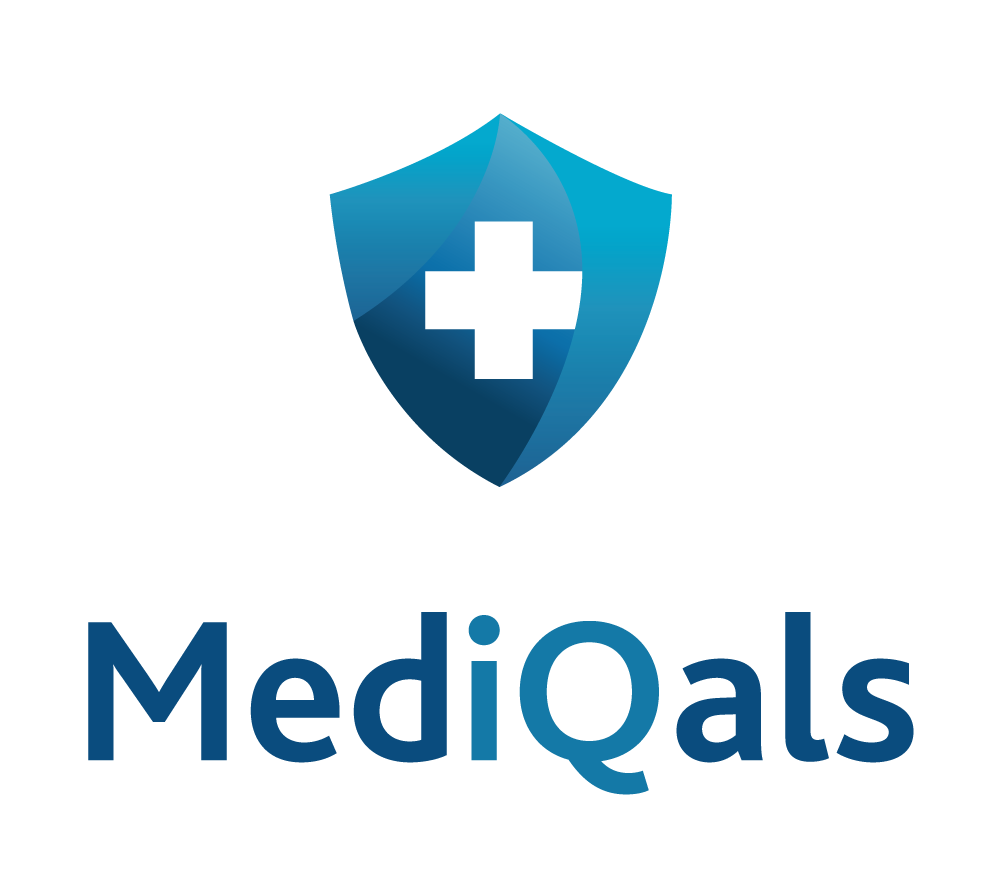
Recently, scientists have regained permission2 to research the effects of psychedelics once again. Today, there are many ongoing clinical trials to determine how these substances might help in treating certain conditions. Insurance companies are starting to provide coverage for the use of psychedelic therapy treatments.
- When more serotonin binds to specialized receptors, it may help patients feel more stable and content.
- Psychedelics commonly used for therapeutic purposes include lysergic acid diethylamide LSD, psilocybin, mescaline, and ayahuasca.
- With controlled psychedelic substances, there is a potential to alter the entire brain for a period of time and thus provide relief from negative emotions that cloud the mind.
- As with cannabis regulation, there will be challenges and opportunities when a medical model is introduced over a preexisting less-regulated model.
- Others argue that patents make a small number of companies gatekeepers for the emerging psychedelics industry, which could inhibit research, stifle innovation and restrict access to needed therapies.
- “Anybody trained to be a therapist from like 1980 on has been taught to do this very directive psychotherapy, a CBT approach.
Social inequalities in response to antidepressant treatment in older adults

Protocols typically have about six minute therapy sessions and one to two 6- to 8-hour administration sessions (59). While some qualitative research efforts have been directed at exploring the role of the subjective psychedelic experience in the treatment of mental disorders, to date no systematic review exists. This article aims to address this lacuna by presenting an overview of the available qualitative research. Identifying salient themes across studies, this review presents both common and diverging elements in patients’ accounts of their experiences, how they relate to their disorders, therapeutic processes, and personally and clinically significant outcomes.

Standard psychedelic therapy
- Anaesthesia has evolved since very early times, born from the need to eliminate pain and reduce suffering and there are reports of the use of anaesthetics to achieve mystical states since the nineteenth century.
- MDMA-AT includes 6-8-hour MDMA sessions, preparatory sessions and integrative sessions in the days before and after the MDMA sessions, and additional weekly therapy sessions, which total to about twelve 90-minute sessions.
- Today, there are few places in the United States where it is legal to access psychedelic-assisted therapy outside of clinical trials.
- While P-AT protocols differ in some ways, administration sessions last an average of 7.46 hours and include at least one preparation and typically about 6 integration sessions (59).
- Participants rated how often they experienced each item during the past two weeks on a five-point Likert scale ranging from 1 (“None of the time”) to 5 (“All of the time”).
However, due to poor dimensional stability, the results from the EGA in the present study should be interpreted cautiously, and further research is needed to verify these findings. As this study indicates relationship between mystical experience and therapeutic efficacy, as defined by changes in both symptomatology and quality of life, more studies of an experimental design to assess and possibly establish causality are needed. Assuming the establishment of causality, then study of intensity of said experience becomes necessary; whether intensity has direct bearing on the degree of therapeutic outcome would have to be established, and if so, ways to https://ecosoberhouse.com/ increase intensity could be explored. This would also lead to research regarding increased dosage and/or the development of new, stronger compounds which maximize this phenomenon while minimizing possible concomitant anxiety. One study (49) utilized two doses of psilocybin, 4 weeks apart, while the other (23) administered a single dose of ketamine infusion.

Differences Between Clinical and Nonclinical Psychedelic Uses
The therapeutic mediators and mechanisms through which these compounds contribute to treatment outcomes remain insufficiently understood. Our review revealed several connected therapeutic processes—seen across substances and for different disorders—that contributed to clinically significant and personally meaningful outcomes. Despite the heterogeneity of substance, setting, and population, these studies also suggest that, in addition to a shared phenomenology, psychedelic treatments exhibit similar therapeutic processes and result in comparable outcomes. As this review demonstrates, qualitative research of psychedelic treatments can contribute to distinguishing specific features of these compounds, and show potential for elucidating otherwise undiscovered implications for the treatment of distinct mental disorders. P-AT is showing promise as a powerful treatment for a variety of mental health conditions including treatment-resistant unipolar depression (39), depression and anxiety secondary to serious medical illnesses like cancer (40,55,56), and substance use disorders (41,57).
Acceptance as a possible link between past psychedelic experiences and psychological flexibility
PsychiatryOnline subscription options offer access to the DSM-5-TR® library, books, journals, CME, and patient resources. This all-in-one virtual library provides psychiatrists and mental health professionals with key resources for diagnosis, treatment, research, and professional development. Treatment models included Motivation Enhancement Therapy, Cognitive Behavioral Therapy, eclectic are psychedelics addictive or integrative, and therapeutic rapport with allocated psychiatrists see Table 2. Increased connection, or connectedness, was a central theme in one study on psilocybin treatment for depression 53.

First Federal Grant for Psychedelic Treatment Research in 50
Psychedelic-assisted psychotherapy offers the hope of a new treatment whose rapid onset and enduring efficacy could outpace that of other psychiatric treatments. This promise, combined with psychedelics’ cultural and historical significance, has led psychedelic therapies to garner huge amounts of attention for a treatment that remains in an investigational stage. Psychedelic therapies are discussed on the front page of the New York Times 3, 4, best-selling popular books 5, documentaries 6, and beyond.
